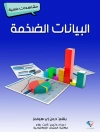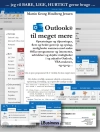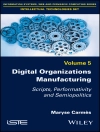This book reviews the shift in the historiography of computing from inventors and innovations to a user-perspective, and examines how the relevant sources can be created, collected, preserved, and disseminated. The text describes and evaluates a project in Sweden that documented the stories of around 700 people. The book also provides a critical discussion on the interpretation of oral evidence, presenting three case studies on how this evidence can inform us about the interaction of computing with large-scale transformations in economies, cultures, and societies. Features: describes a historiography aimed at addressing the question of how computing shaped and transformed Swedish society between 1950 and 1980; presents a user-centered perspective on the history of computing, after explaining the benefits of such an approach; examines the documentation of users, describing novel and innovative documentation methods; discusses the pros and cons of collaborative projects between academia and industry.
İçerik tablosu
Background and Theoretical Assumptions.- Documenting the Use of Computers.- Oral Evidence and the Swedish Historiography of Computing.- Appendices.Oral Evidence and the Swedish Historiography of Computing.- Appendices.Oral Evidence and the Swedish Historiography of Computing.- Appendices.












